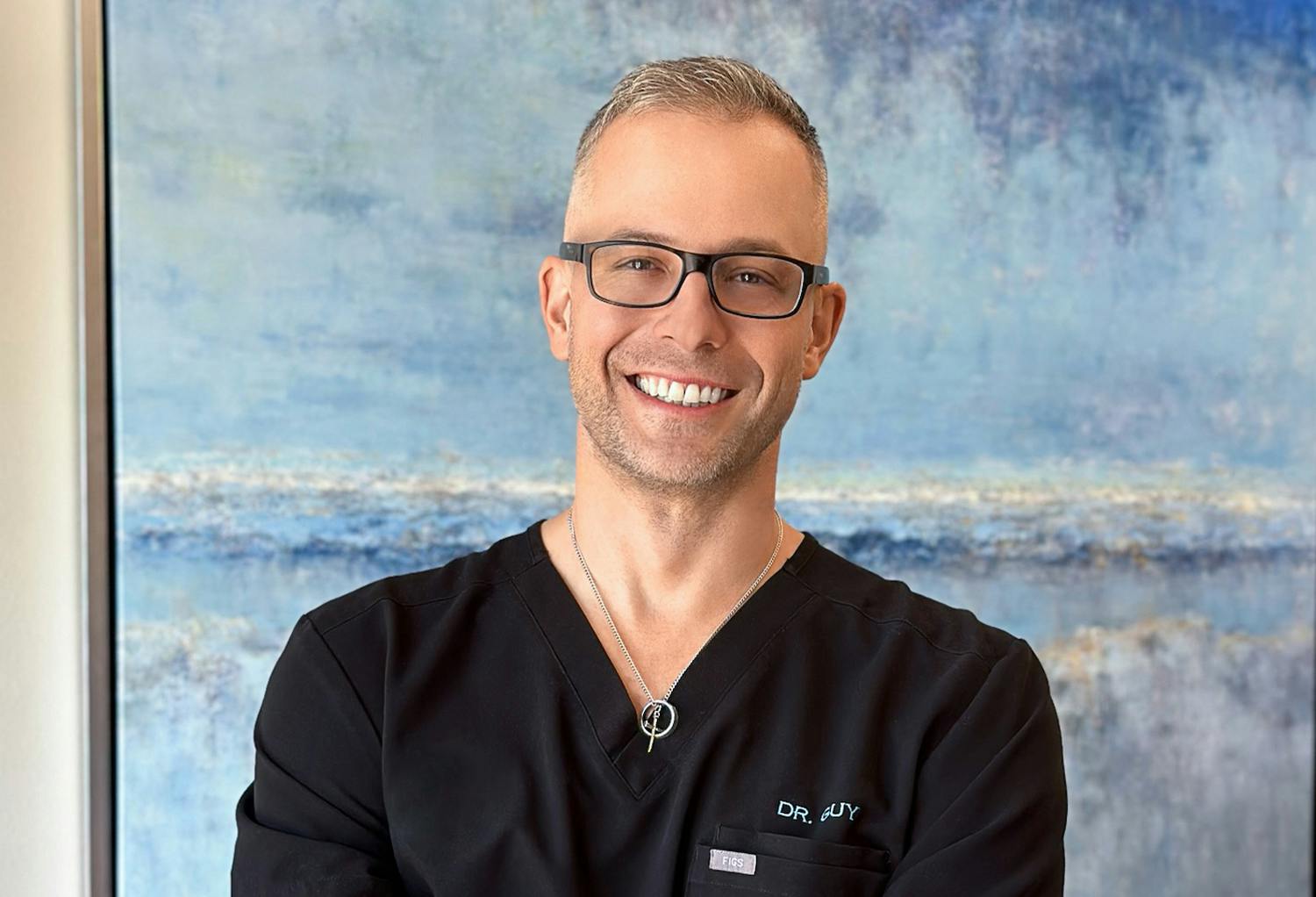Dr. Charles W. Guy II, DO FAOCO, is a board-certified specialist in facial plastic surgery and otolaryngology. Originally from Houston, Texas, Dr. Guy pursued his undergraduate studies at Southwestern University in central Texas.
Symptoms
Many people have some degree of a deviated septum. Oftentimes, there are no symptoms. But when the deformity is severe, it can hamper airflow through one side of the nose, causing:
- Nasal obstruction. A blockage associated with a deviated septum can make it difficult to breathe.
- Nosebleeds. Crusting and bleeding is common among patients with a severe deviated septum.
- Sleep challenges. If one of your nasal passages is smaller than the other, you may prefer sleeping on one side of your body to breathe easier. Your partner may also notice noisy breathing during sleep.
- Recurrent sinus infections. Because a crooked septum can prevent the sinuses from draining properly, recurrent sinus infections is a common symptom of a deviated septum.



